
Porcupine
Porcupine
Porcupine
Porcupines have a strong image of carrying sharp spines on their backs. I think that the porcupine that many people imagine is a figure with thorns standing up like a mohawk. However, not all porcupines have the same appearance. In fact, porcupines are divided into two main groups. The porcupine you are familiar with is probably a species distributed in Asia and Africa. And the other species is distributed in the United States and has short spines and is not well known. Why don't you take this opportunity to find out more about porcupines together?
Porcupine Basic Infomation
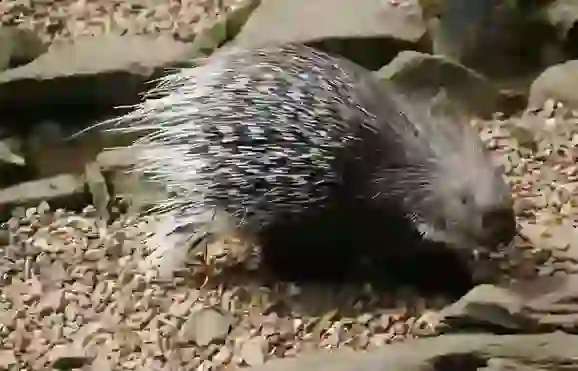
Mammalia−Rodentia−Hystricomorpha. African porcupine length:approx 60-83cm weight:approx 13〜27kg. North american porcupine length:approx 64〜68cm weight:approx 3.5〜7kg.
Porcupines can be broadly divided into two groups. There are significant differences not only in habitat, but also in ecology and appearance. Let's take a look at the differences with a brief comparison. ①Porcupines distributed in Asia and Africa. ・It is called the hystricidae or Old World porcupine. ・Quills grow densely from the back to the tail. ・The quills are characteristically long, and the longest is about 30cm. ・Living on ground.
②Porcupine distributed in America. ・It is called the erethizontidae or the New World porcupine. ・Quills and hairs grow in a mixture ・Shorter quills compared to Hystricidae. ・Spending half of my life on trees.
The two groups are collectively called "porcupines". However, they are actually said to be separate creatures.
How could they be mistaken for the same animal?
The cause was the belief of the person who discovered the porcupine, and the quill animal was judged to be a member of the porcupine. Even if they look similar, they don't necessarily mean that they are the same animal.
The porcupines of the two groups have not only differences, but also commonalities. Porcupines are nocturnal and live in burrows during the day.
They may live alone in their burrows, or they may live with their families. By the way, it is said that even family members act separately when they go looking for food.
Porcupines sometimes live together as a family, but how do they breed? Let's explore how to breed! Porcupines are monogamous. Both males and females cooperate in raising their young. The gestation period is about four months, and one to three babies are born in each litter. After giving birth, they raise their young in a burrow and continue to nurse them for two months. The male’s job is to make the nest and bring food. He brings food because the female cannot leave the babies.
Are baby porcupine quills hard from birth? The fact is that the quills immediately after birth are soft and touchable. After a few days, it gradually becomes stiff and becomes about the size of a toothpick.
Babies born at zoos can be held up to one month old. It is a very valuable period when you can hold it safely.
Porcupine Q&A

Where does the porcupine get its name?
In English, it is called "porcupine", but in fact, in the case of the Japanese name, it is named "yamaarashi". This time, we will introduce the origin of the Japanese name and the origin of the English name separately.
First of all, the origin of the name "yamaarashi" is related to appetite. The body is not very large, but the appetite is more powerful than expected.
Yamaarashis spend a long time eating every part of the tree. In the past, it seems that just one tree has killed 100 trees in half a year.Because of this behavior, it was named a yamaarashi because it is a rampage that ravages the mountains. It's a problem that the trees are eaten up so much that they die.
※Ravages are called "arasu" in Japanese.In addition, the mountain is called "yama" in Japanese. Next is the origin of the English name, which is actually derived from French. Porcupine means "pig full of thorns", but the part "porcu" also means "to eat a lot" as well as pigs.It's a word that combines the porcupine's appetite and appearance.

Why do porcupines live there?
Depending on the type of porcupine, the environment in which they live is different. However, even though the environments are different, there are two things they have in common. ①A place where you can protect yourself. ②Where food can be secured.
Porcupines that live in Asia and Africa live on the ground. They spend the day in their burrows and wander around looking for food at night.
Their quills are sharp and suitable for protecting themselves, but they become vulnerable during sleep. Therefore, they enter their burrows and protect themselves.
Porcupines that live in America spend half of their lives in trees. They are good at climbing trees and can eat the food on the trees. Their quills are so short that they are hidden by their fur, so living in trees helps them protect themselves.
They can defend themselves with their sharp quills, which are a characteristic of porcupines. But every creature has a weakness. They adapt their bodies and living environments to compensate for their weaknesses.

What do porcupines eat?
Porcupines are herbivores. Porcupines in the wild and in captivity eat different things, so we will introduce them separately. The diet of wild porcupines. ・Grass ・Foliage ・Bark ・Fruit ・Tree roots ・Bulb ・Occasionally also eats insects
The diet of captive porcupines. ・Banana ・Carrot ・Apple ・Sweet potato ・Komatsuna ・Pellet etc. It is difficult to prepare the same diet as wild porcupines, so you substitute various vegetables.
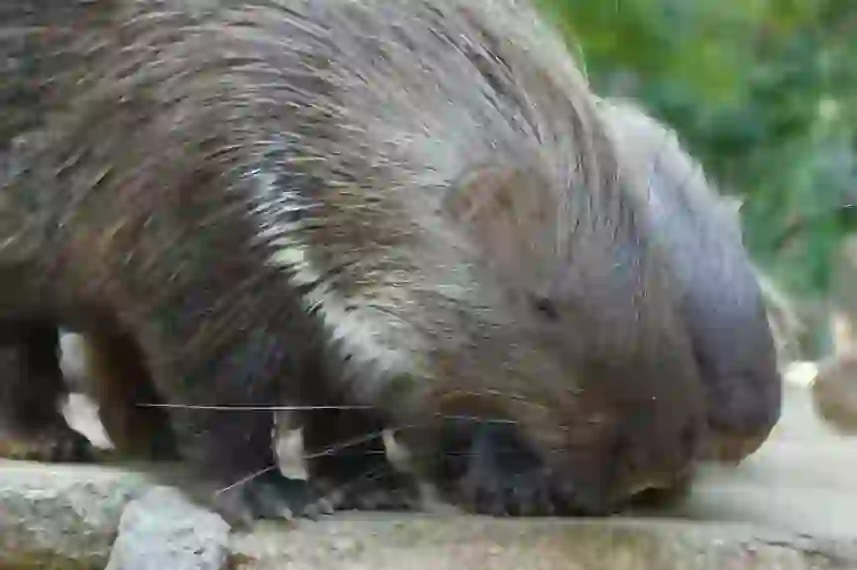
How hard are porcupine quills?
Porcupine’s sharp quills look very painful if they get stuck in you, don’t they? Actually, these quills are modified body hairs. How powerful are the quills made of body hair?
To explain with something familiar to us, they have enough power to easily pierce rubber boots or aluminum cans. The quills that pierce do not bend or break. They are that sturdy.

Is it true that porcupine quills have mysterious characteristics?
Not only porcupines, but there are also other animals that have quills. For example, hedgehogs and echidnas. Do these creatures have the same structure of quills?
What they have in common is that the quills are made by changing body hair. The quills can grow back quickly because they are made of body hair. However, we also found some differences.
There is a mechanism that only porcupine quills have. That mechanism is that there are projections at the tip of the quills. This is similar to the “barb” on a fishing hook.
Therefore, when the quills stick, they cannot be easily pulled out, and they can inflict fatal wounds on the enemy. The presence of projections makes a big difference in attack power.

How do porcupines intimidate?
Porcupines use their quills to intimidate their enemies when they approach. Instead of stabbing them right away, they have three stages of intimidation. ①Stand quills on your back and start threatening. The color of the quills of porcupines is white and black, which is also an "alert color". With this color, I tell them not to approach themselves.
②Make a sound by wagging the tail by stepping. They shake their tail quills and make a “warning sound”. This is the second warning. ③Lunge at the enemy backwards. If they approach you even with a two-level warning, they will attack you with their quills. They lunge backwards so that the quills can easily stick to the opponent. Porcupines are alert and short-tempered. However, it turns out that instead of attacking suddenly, they are also giving warnings.
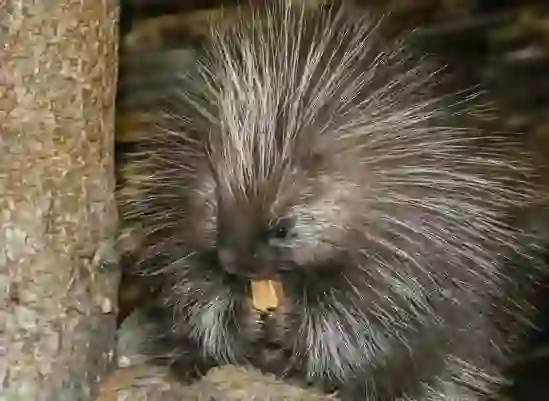
What are the natural enemies of porcupines?
The natural enemies of porcupines are carnivores. Depending on the area where they live, there are differences in the animals that are natural enemies. ・Leopard ・Lion ・Hyena ・Puma ・Fisher(Companion of the marten) ・Coyote ・Bobcat ・Wolf etc.
There are surprisingly many carnivores that are natural enemies. However, they do not actively attack porcupines. This is because they cannot escape unscathed from the quills. Attacking a porcupine is a high-risk behavior that can injure oneself. We humans may also be natural enemies of porcupines. The reason is that there are countries that eat porcupines. In Vietnam, there are restaurants that use porcupine meat. It is said to be a remnant of the time when food was in trouble due to food shortages during the war era, but it is not recommended because it is basically said that the meat is hard and the smell is strong.
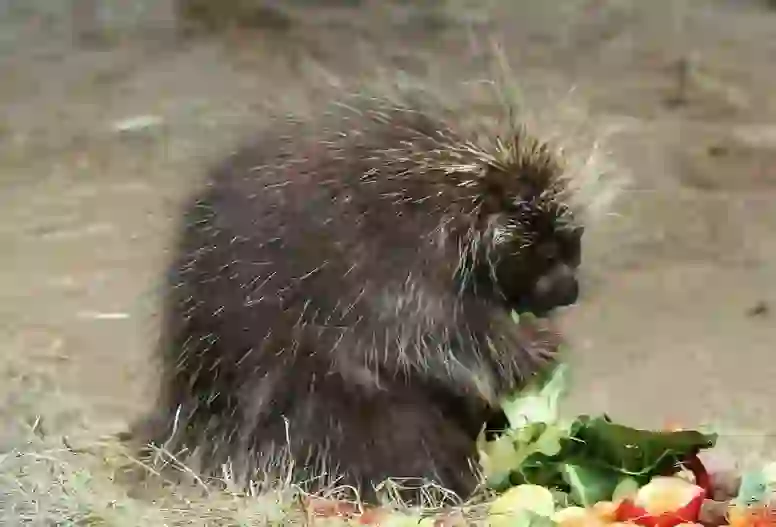
What is the lifespan of a porcupine?
The lifespan of a porcupine is about 12 to 15 years on average. This is considered to be long-lived among wild animals. It may be because they are less targeted by natural enemies because of their quills.
Captive porcupines can live longer than 20 years. Without natural enemies, they can live longer.

Would you like to become a part of the 'Animalbook.jp'?
Turn your knowledge into Q&A and share it with the world. ※Publication will be activated after purchase. Let's share information together!
Porcupine Type of List
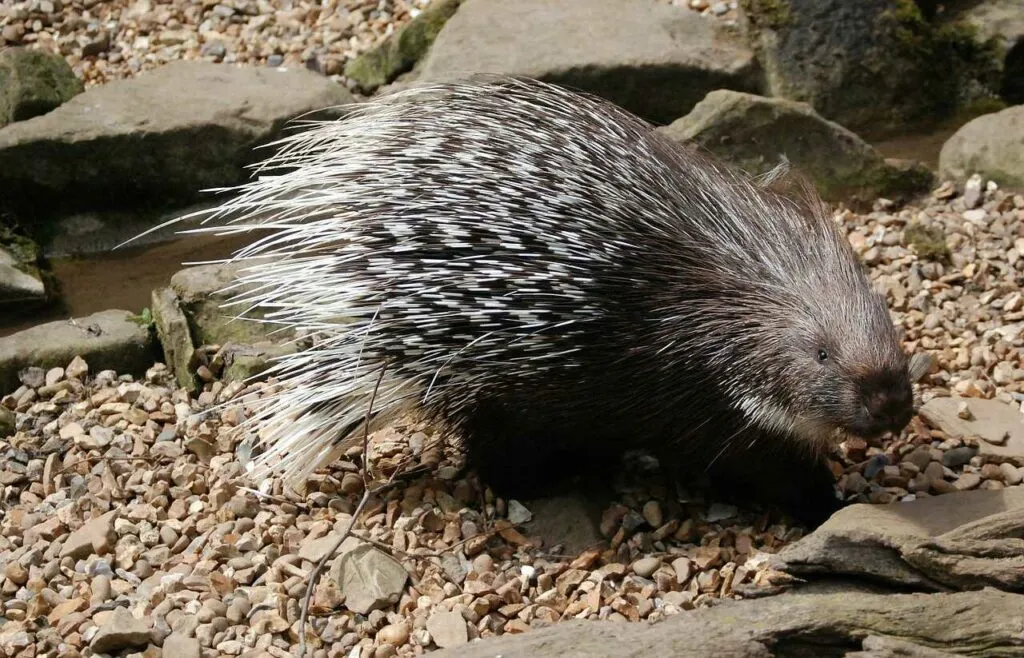
Hystricidae. ・African Brush-Tailed Porcupine ・Asiatic Brush-Tailed Porcupine ・Crested Porcupine ・Cape Porcupine ・Sunda orcupine ・Indian Crested Porcupine ・Malayan Porcupine ・Thick-Spined Porcupine ・Philippine Porcupine ・Indian Crested Porcupine ・Long-Tailed Porcupine etc. Erethizontidae. ・Brazilian Porcupine ・Bicolored-Spined Porcupine ・Black-Tailed Hairy Dwarf Porcupine ・Andean Porcupine ・Mexican Hairy Dwarf Porcupine ・Paraguaian Hairy Dwarf Porcupine ・Bahia Porcupine ・Roosmalen's Dwarf Porcupine ・Brown Hairy Dwarf Porcupine ・Orange-Spined Hairy Dwarf Porcupine ・North American orcupine ・Black Dwarf Porcupine etc.
Information
Congratulations! You are the first commenter!

Create Your Favorite List!
Porcupine
Save the animals you love! Build your own list to quickly revisit your favorites later.

Would you like to leave a comment?
※Please note: This is for the purchase of rights to post comments within the article.
Find Your Favorites!
Our shop offers a unique and attractive selection of goods themed around various animals.
Porcupine References
Porcupine Introduction of media used
出典:https://www.pexels.com/ja-jp/photo/7723086/
出典:https://www.pexels.com/ja-jp/photo/857104/

出典:https://pixabay.com/images/id-359166/

出典:https://pixabay.com/images/id-3742065/

出典:https://pixabay.com/images/id-2439832/

出典:https://pixabay.com/images/id-3636019/

出典:https://pixabay.com/images/id-4358365/

出典:https://pixabay.com/images/id-4323809/

出典:https://pixabay.com/images/id-983529/

出典:https://pixabay.com/images/id-519145/

出典:https://pixabay.com/images/id-3090523/
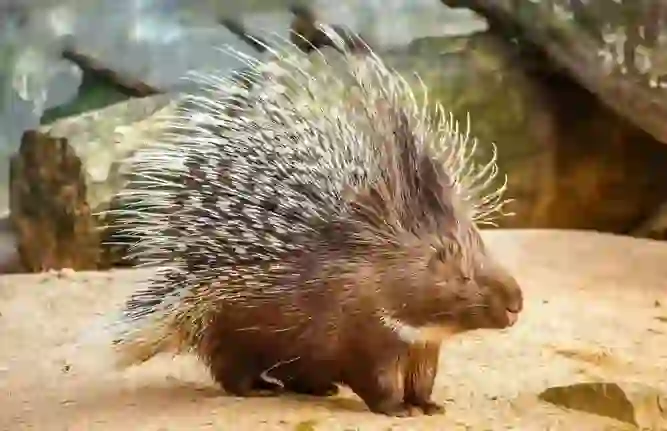
出典:https://pixabay.com/images/id-3588682/

enemy
出典:https://unsplash.com/photos/ZxNKxnR32Ng

enemy
出典:https://unsplash.com/photos/Jx6jFjR_i9A
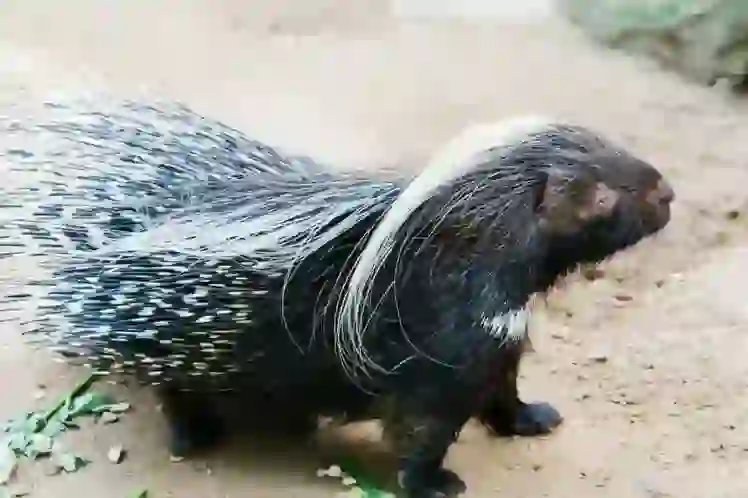
出典:https://pixabay.com/images/id-4484526/
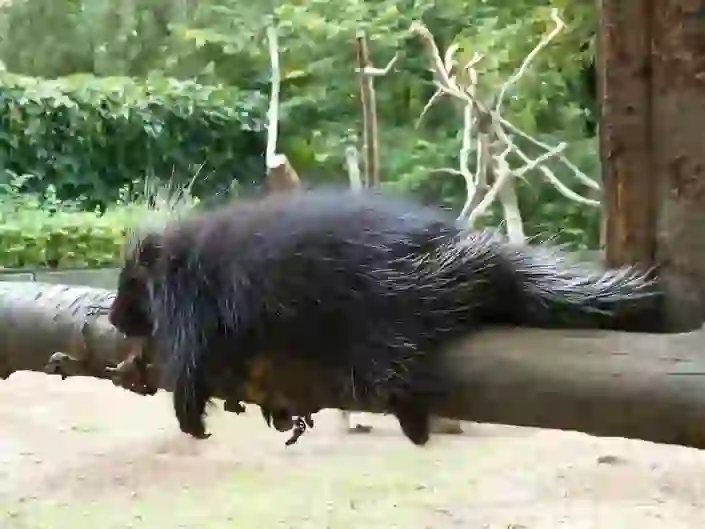
出典:https://pixabay.com/images/id-3800792/

Help Enrich Our Animalbook.jp with Your Media!
We are constantly looking to expand and enrich our Animalbook.jp with amazing photos and videos of animals. If you have any media that you'd like to share, please contribute and help us showcase the beauty and diversity of the animal kingdom. Your submissions will be credited and featured in our encyclopedia, reaching a wide audience of animal lovers.



















